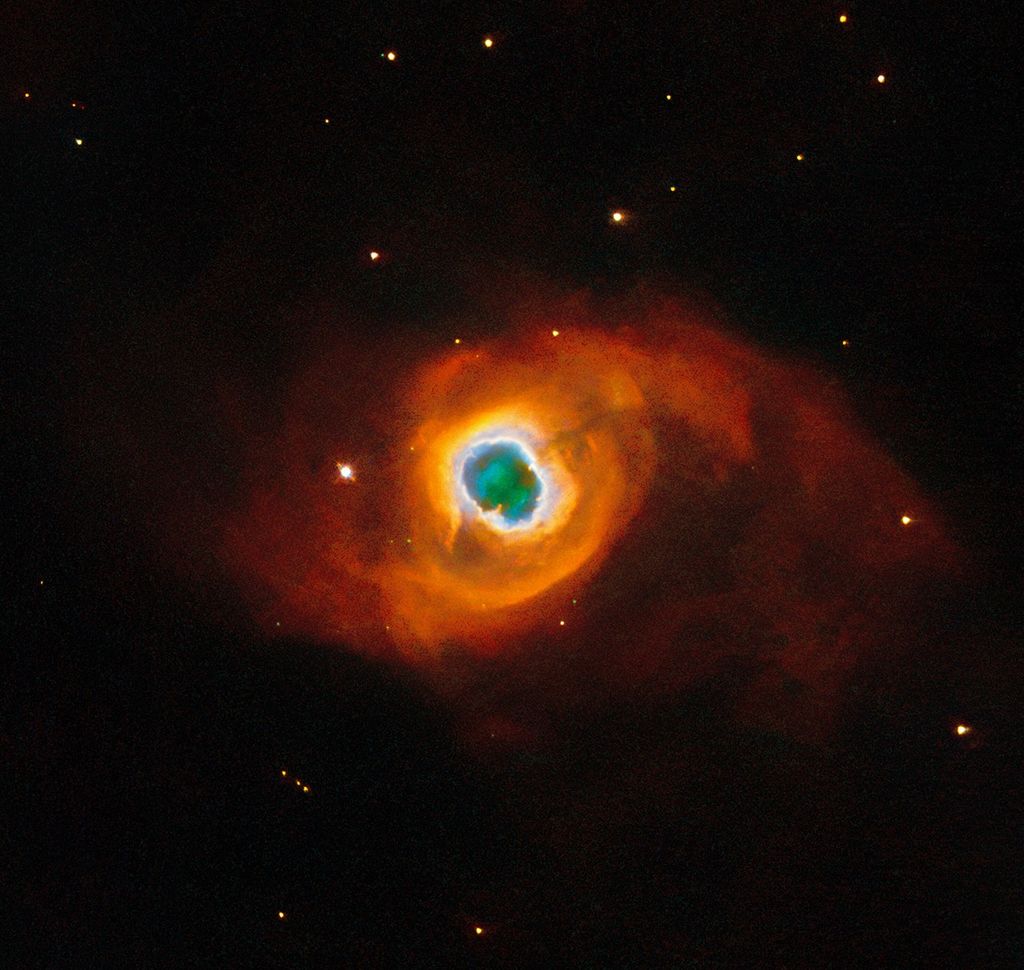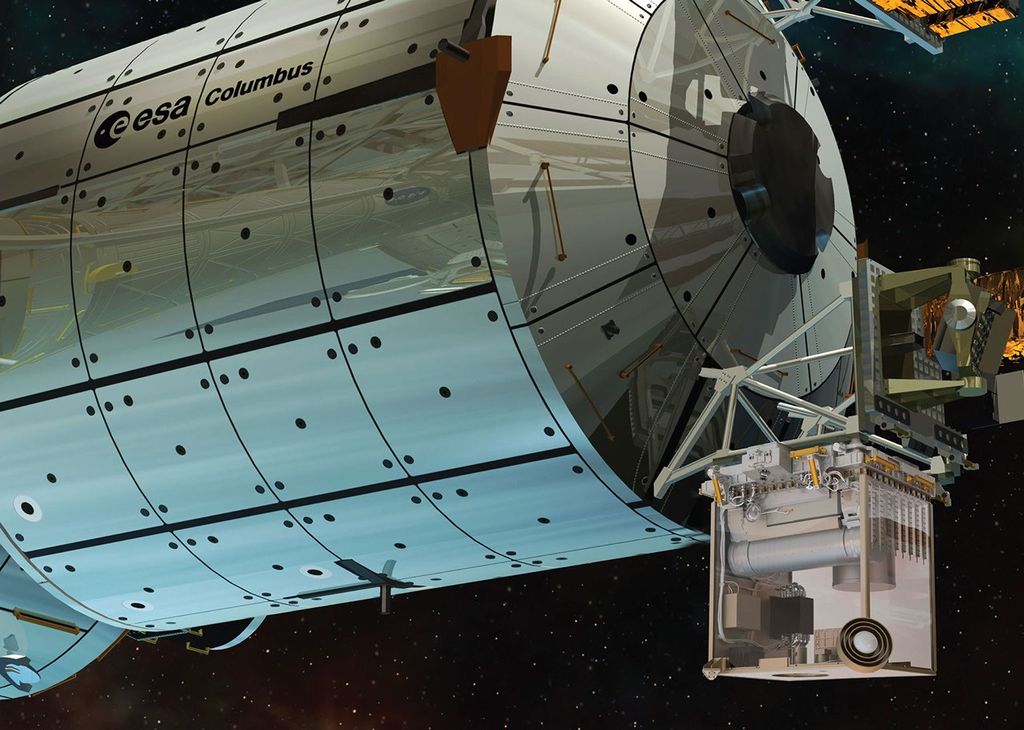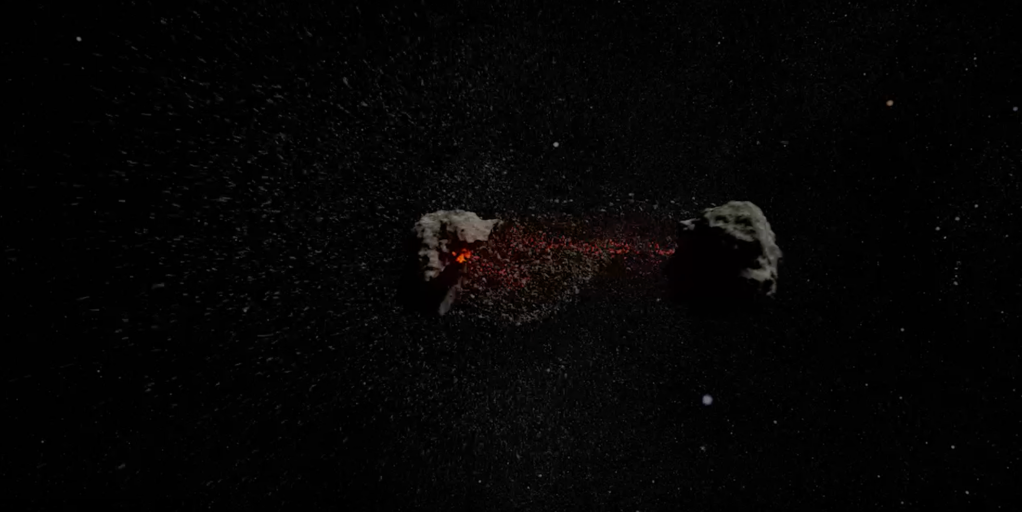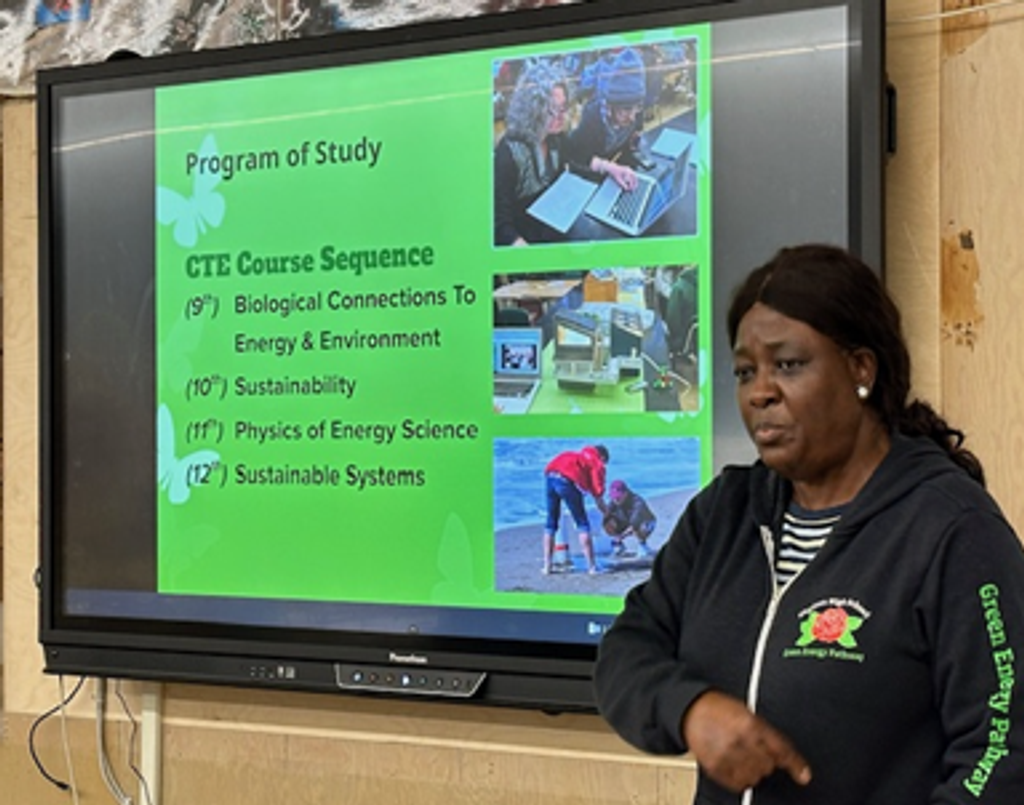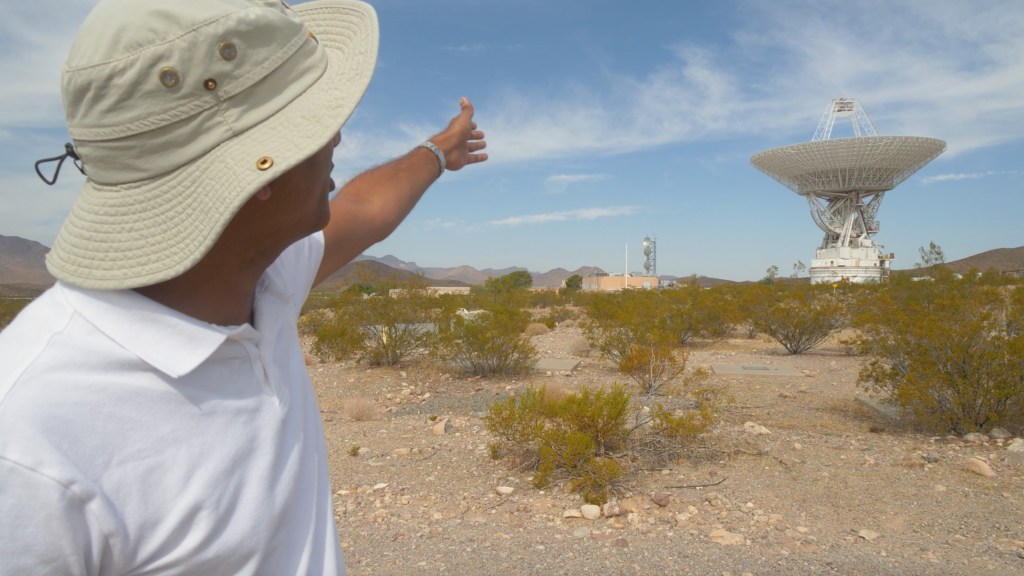
Driving, Drilling and Detecting Life in Chile’s Mars-like Desert
How would you search for signs of life – traces of tiny, living microbes or their fossilized remains – in an extreme and distant environment? NASA scientists and engineers are working on an answer to that question, aiming to find out if life ever evolved on the planet Mars and if it still harbors life today.
A project called the Atacama Rover Astrobiology Drilling Studies, or ARADS, has been designing tools and techniques for future exploration and testing them in one of the most Mars-like places on Earth: Chile’s Atacama Desert.
Each year from 2016 to 2019, the ARADS team, led by Brian Glass of NASA’s Ames Research Center, in California’s Silicon Valley, is spending one month working in the heart of the Atacama. This alien landscape is among the driest places on Earth; it can rain as little as one centimeter, or less than half an inch, per decade here. Despite being considerably warmer than Mars, the region is remarkably similar to the Red Planet today, due to its extreme dryness and soil chemistry.
Long ago, Mars was a more temperate place. Scientists believe its climate was warmer and wetter, and the planet was surrounded by a magnetic field that protected it from the blast of radiation coming from the Sun. Conditions might possibly have been favorable for the development of life. The surface of Mars today is much harsher: ultra-dry, cold and with little protection from the Sun’s ultraviolet radiation. If life did exist on Mars in the past, as surface conditions changed it may have been driven underground. So, we may have to dig to find its traces today.
Searching in Three Dimensions with a Drilling Rover
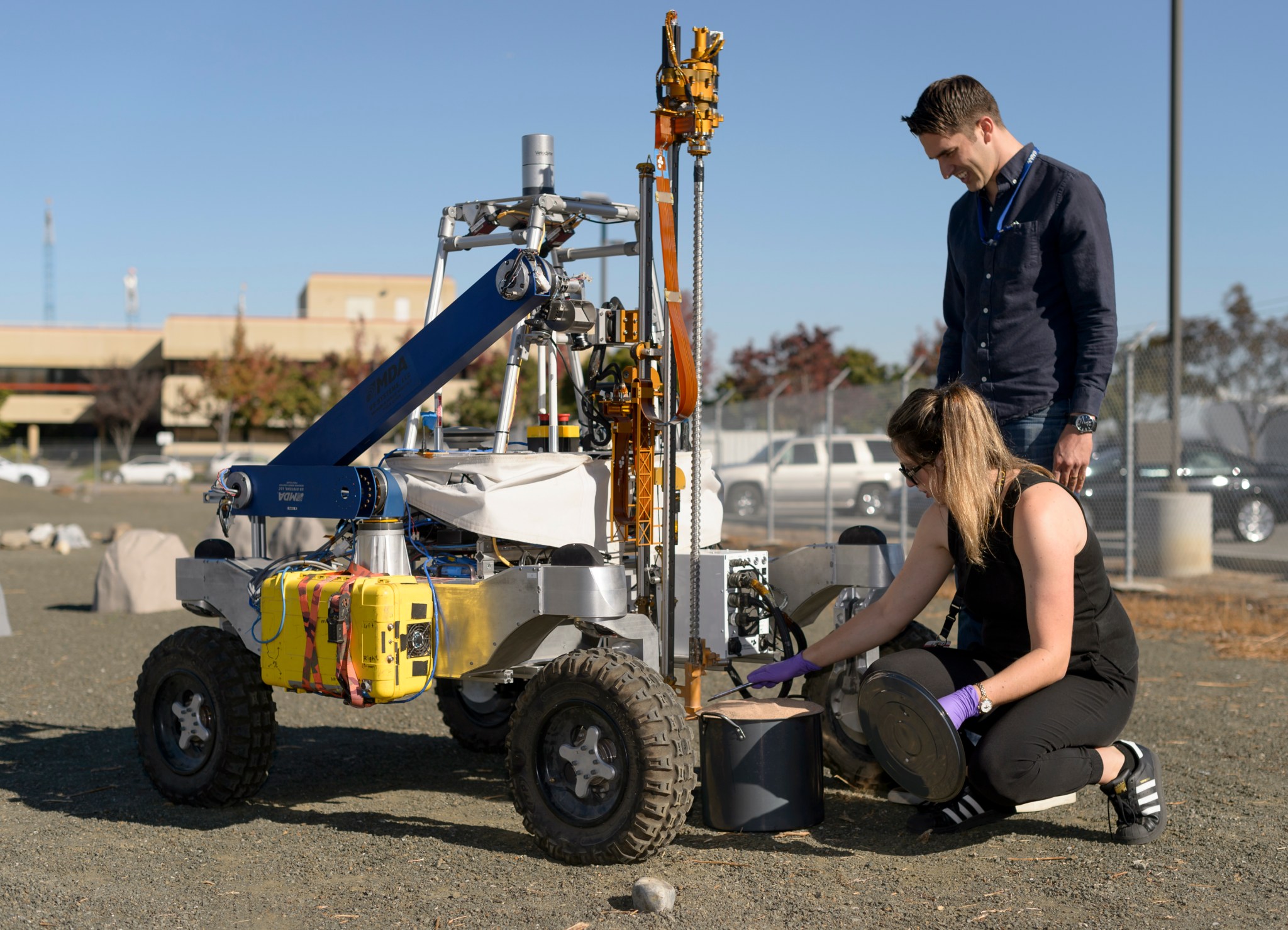
At the center of the ARADS project is an Ames-designed and -developed rover prototype that is about the same size as the Spirit and Opportunity rovers already on Mars. Called K-REX2, it is equipped with a drill capable of reaching two meters (6.5 feet) down through salt, rock layers and parched soil to retrieve a sample for analysis. When given a target destination, the rover can navigate autonomously over a rugged, Mars-like surface, then drill and transfer samples to the onboard scientific instruments automatically.
The mobility (provided by the rover) plus access below the surface (offered by the drill) means ARADS can test different strategies for searching for potential evidence of life in three dimensions. Testing the operations of the rover and drilling system in a Mars-like environment will help researchers prepare for future missions to Mars, including choosing the best locations to explore and engineering systems for set-up and stabilization of the drill – all on a planet with less than half the gravity of Earth.
ARADS’ Life-detection Instruments
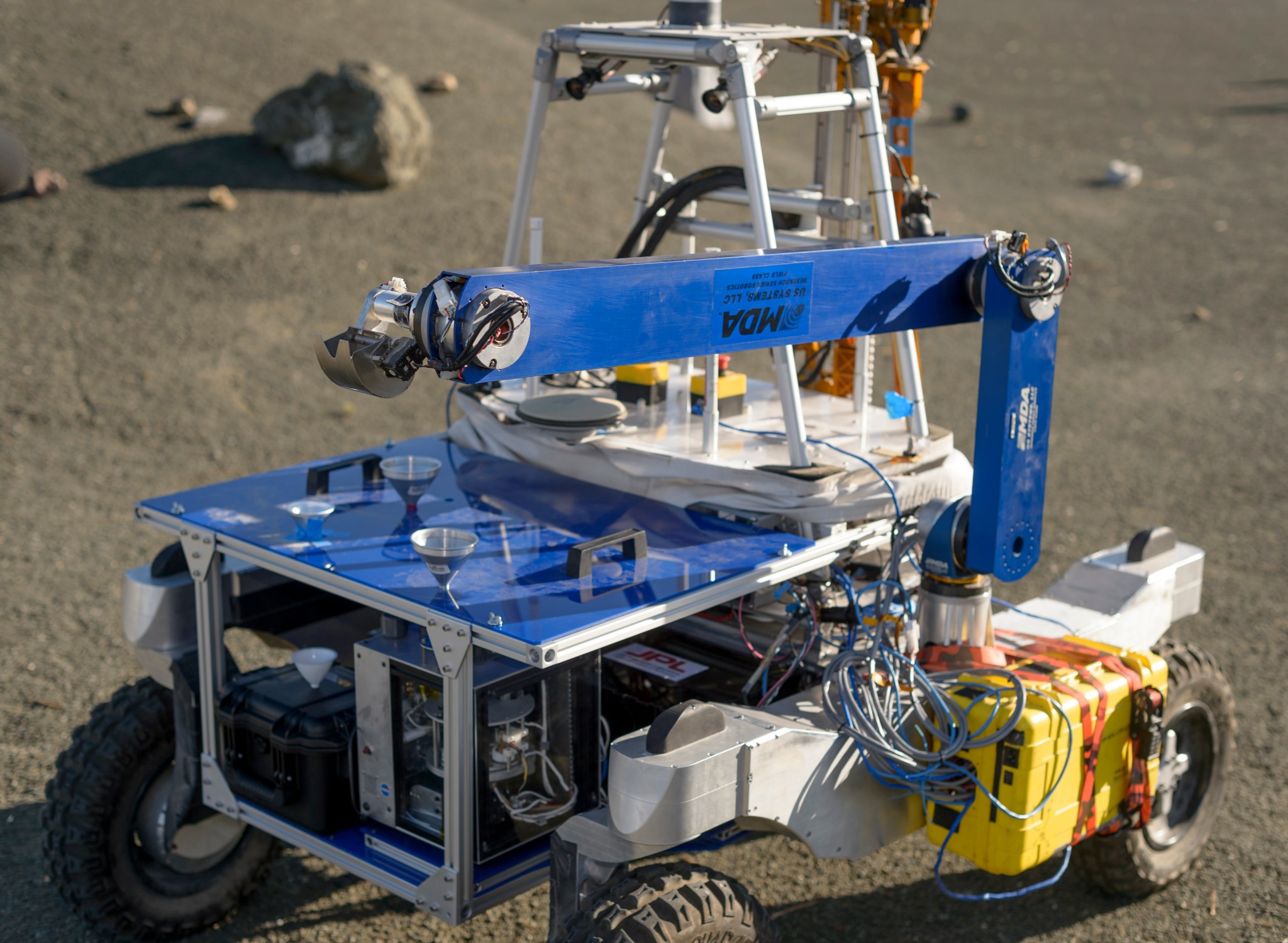
The team is also developing and testing strategies for collecting and analyzing samples. Once a soil sample is collected by the drill, a robotic arm on K-REX2 transfers the material to several instruments for biochemical analysis. These devices are designed to look for particular molecules that could indicate the presence of current or ancient life, telltale substances called biomarkers. The analyses performed on the drilled samples in the field help set a standard for interpreting future results from these instruments. By automating and miniaturizing the techniques ordinarily conducted by hand in a lab, scientists will be able to send computer commands from Earth to a future version of these tools that could end up on Mars.
Two examples from the suite of instruments are the Signs of Life Detector (SOLID) and the Microfluidic Life Analyzer (MILA), contributed by ARADS partners at Spain’s Center for Astrobiology and NASA’s Jet Propulsion Laboratory (JPL). SOLID uses biochemical methods not unlike those used in home medical tests. While diabetics, for instance, may monitor their blood sugar with a device that detects the presence of a single molecule – glucose – the rover instrument will search for 512 different biological compounds. The JPL-designed MILA, meanwhile, processes minuscule volumes of fluid samples to isolate amino acids, which are building blocks of life.
New in 2019: Science Across Space and Time
For the project’s final deployment, in September 2019, ARADS is also testing the ability to conduct this complex science across the vast distance between Earth and Mars, starting with the great distance between California and Chile. A team of scientists is remaining at NASA Ames to operate a “mission control” room where they will study images from the rover’s cameras and analyze results returned from the life-detection instruments, before sending back new instructions from afar to the roving laboratory in the desert. Someday, scientists on Earth could guide a life-detection mission on Mars in the same way.
Extreme Earth Organisms
While much of the team in the desert is focused on the rover and its systems, other ARADS team members from Johns Hopkins University and Ames have been collecting samples for laboratory studies of the extreme microorganisms living inside salt habitats in the Atacama. These salt habitats could be the last refuge for life in this extremely dry region that is otherwise devoid of plants, animals and most types of microorganisms. What scientists learn about these resilient organisms could help improve life-detection technology and strategies for Mars.
Ultimately, the ARADS project aims to show that roving, drilling and life detection can take place in concert, with the goal of demonstrating the technical feasibility and scientific value of a mission that searches for evidence of life on Mars.
Partners
Partners on the Atacama Rover and Drilling Studies include several NASA centers – Ames Research Center in California’s Silicon Valley, Goddard Space Flight Center in Greenbelt, Maryland, and the Jet Propulsion Laboratory in Pasadena, California – as well as Johns Hopkins University in Baltimore, Maryland, Honeybee Robotics in New York, the University of Antofagasta and CampoAlto SpA, both in Chile, and Spain’s Center for Astrobiology.
Learn more
NASA stories:
- ARADS photo gallery: Searching for Life on Mars in the Driest Place on Earth
- NASA story (Sept. 2019): NASA is Testing a Drill to Search for Life on Mars – On Its Own
- NASA in Silicon Valley podcast episode: Brian Glass Talks About Searching For Evidence of Life On Mars
- NASA in Silicon Valley podcast episode: Mary Beth Wilhelm Talks About Answering Humanity’s Fundamental Questions About Life Beyond Earth
- The ARADS 2017 field season article: Mars Rover Tests Driving, Drilling and Detecting Life in Chile’s High Desert
- The ARADS 2016 field season article: NASA Tests Life-Detection Drill in Earth’s Driest Place
- Profile of the Chemical Laptop instrument – Detecting Life in the Ultra-dry Atacama Desert
- Featured image: Atacama Rover Astrobiology Drilling Studies – Pseudo-rover
- Featured image: Atacama Rover Astrobiology Drilling Studies – Sampling Pit
- Featured image: Atacama Rover Astrobiology Drilling Studies – Night Falls
- Featured image: Fossil Preservation in One of the Driest Places on Earth
For news media
For more information about NASA’s Atacama Rover Astrobiology Drilling Studies, or ARADS project, please contact the NASA Ames newsroom.

